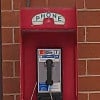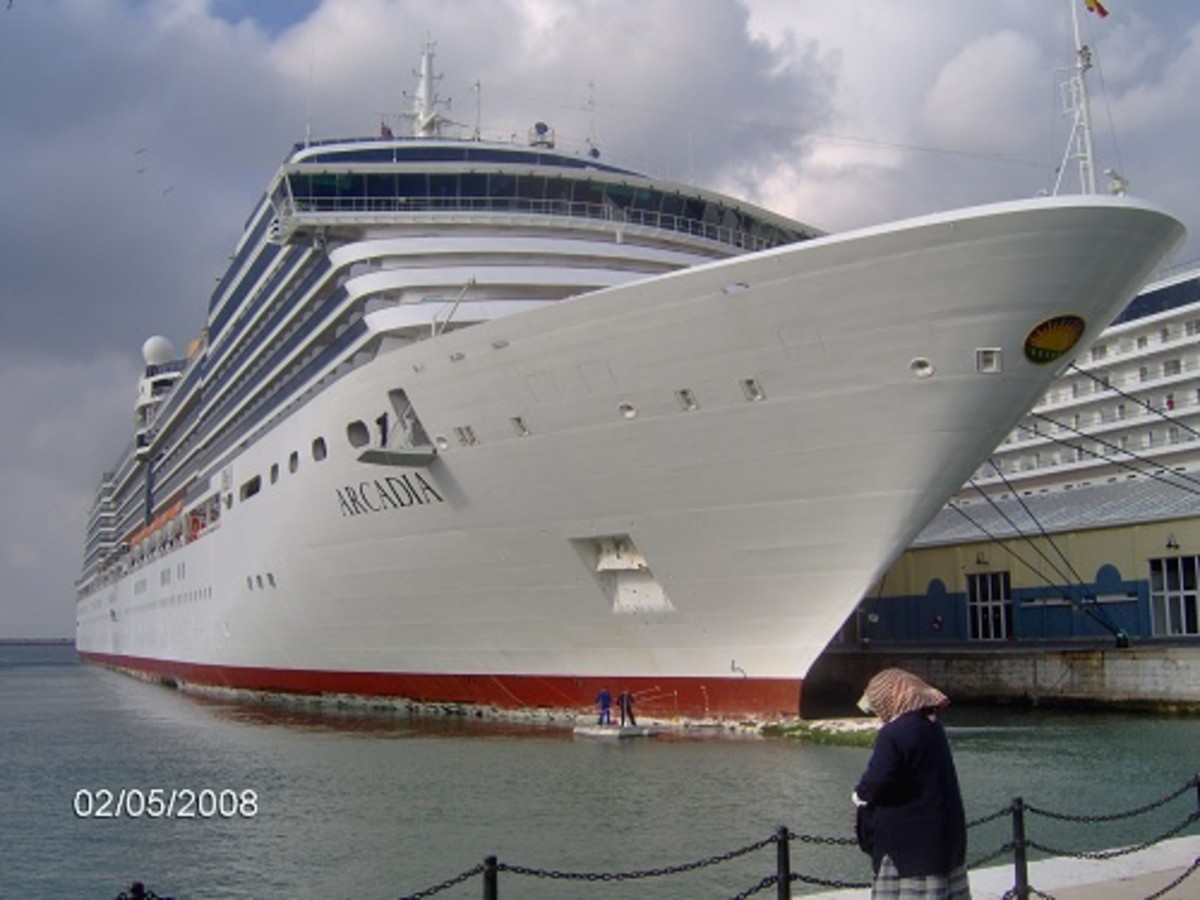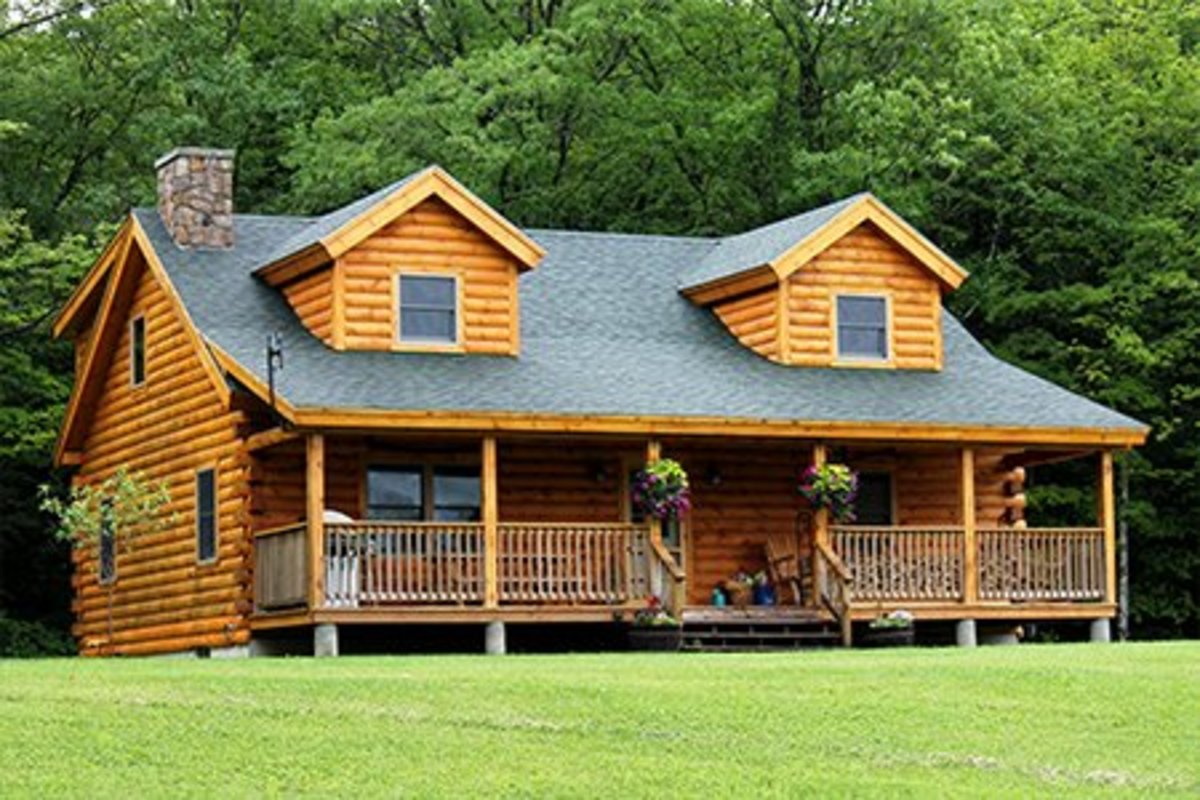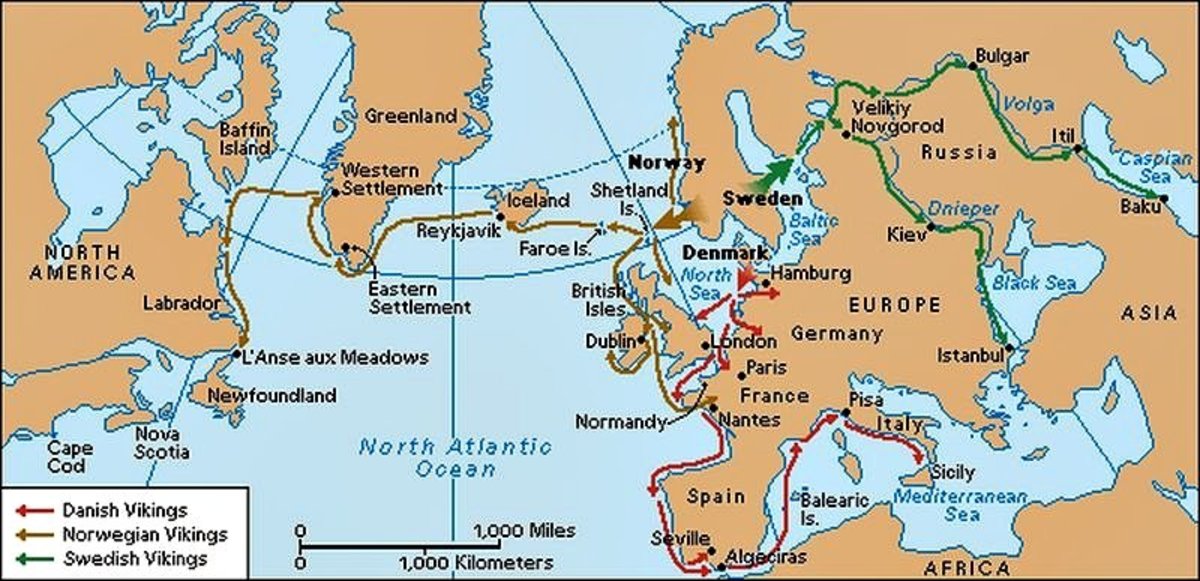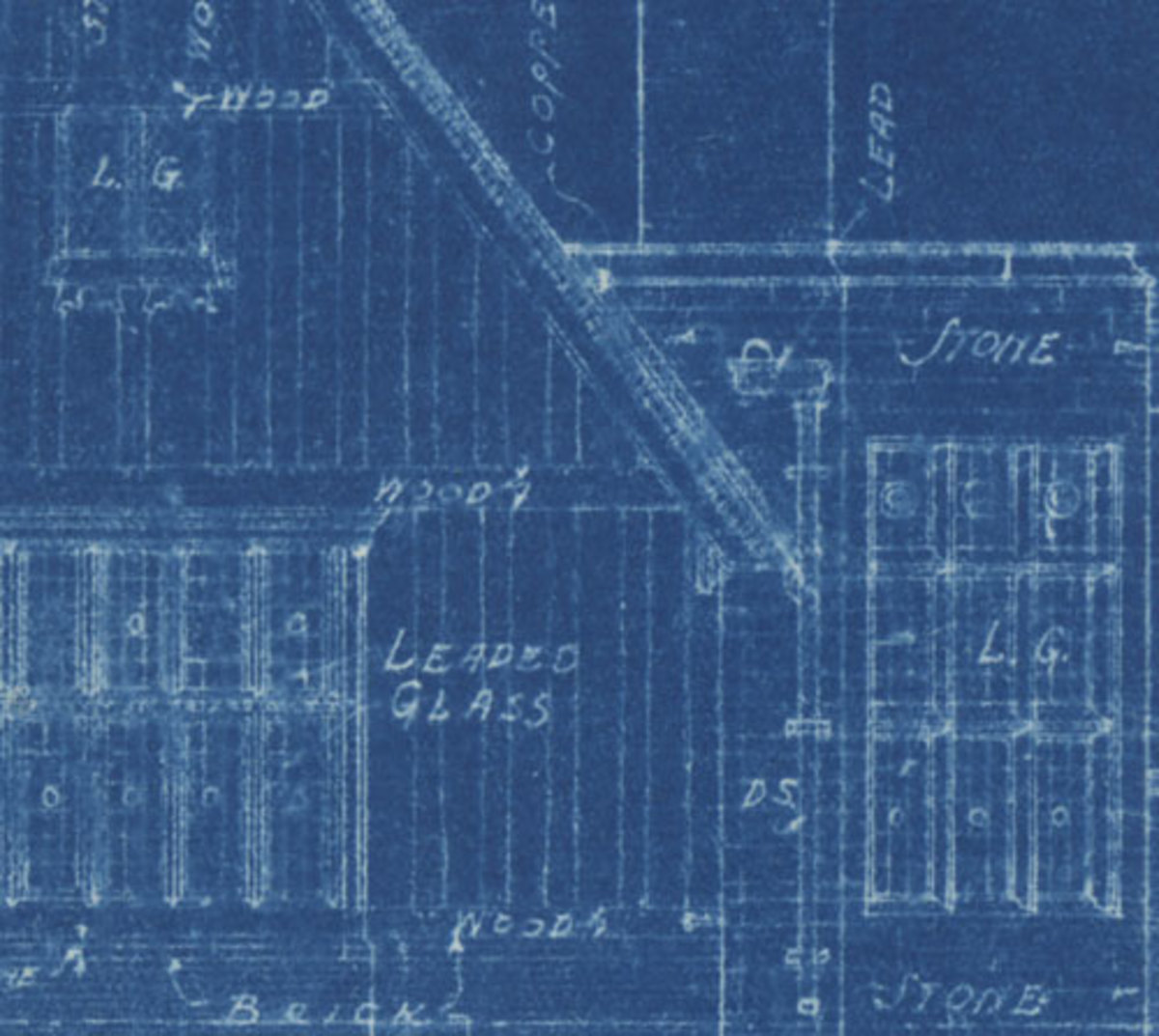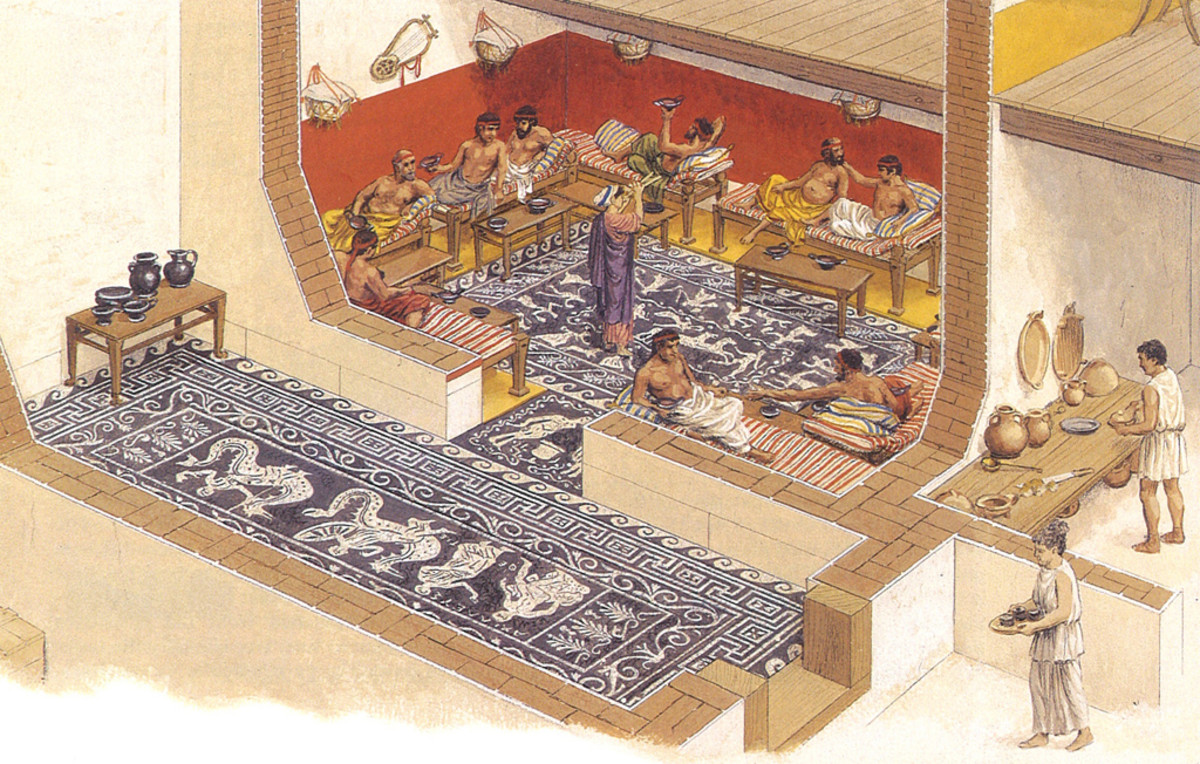History of the Log Cabin
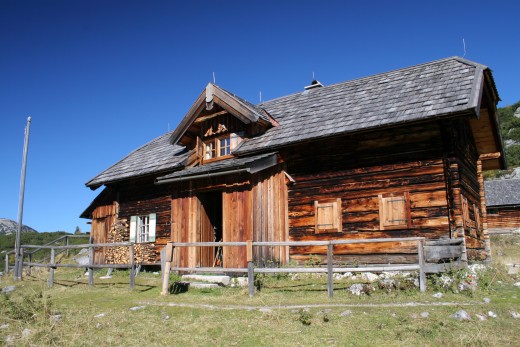
Log Cabin History
In North America the log cabin was first used around 1600 when immigrants from Europe needed homes. Possible the first log cabins were built by Swedish immigrants in Delaware. As population moved to the west, other immigrants came from Scandinavia as well as other Northern European countries that had traditions and skills for constructing houses from trees.
Settlers, I think, when they could, tried to use local materials when building. In many cases they went to areas that had a lot of trees and using local materials saved hauling and in some cases it would be difficult to ship materials to where they settled. The log cabin was fairly easy and quick to build if one had the necessary skills. Only a few tools were needed such as an axe, adz and auger.
Typically the log cabin was small, consisting of a single room, a single door and windows. The space between the logs could be chinked with mud to keep out the weather. As they usually didn’t have nails, they either notched the ends of the logs or used wooden pegs. Roofs were either overlapping boards or hard-packed clay. Window openings were often covered with oiled paper, as glass was expensive.
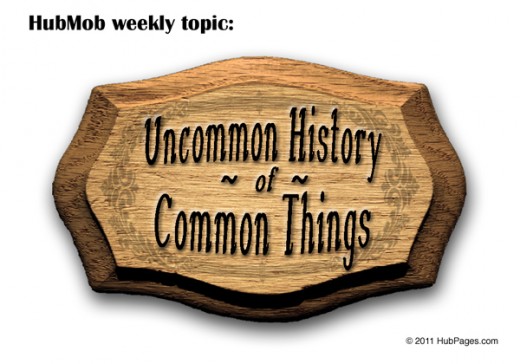
Europe
In Europe log cabins were widely used in Germany, Switzerland and the Scandinavian countries especially. When Swedish immigrants came to Delaware in 1638, they built log cabins. Other colonists learned from them. When there was a large migration west after the American Revolution they found thick forests in Tennessee, Kentucky and in the Northwest Territory and the log cabin became the typical home.
Possibly log structures were built in Europe as far back as the Bronze Age, around 3500 B.C.
Basically tree trunks were stacked one top of one another and overlapped at the corners. They made them interlocking by notching the corners. Moss or other soft materials were stuffed between the locks. The solid wood had insulating qualities, which helped protect from the cold weather.
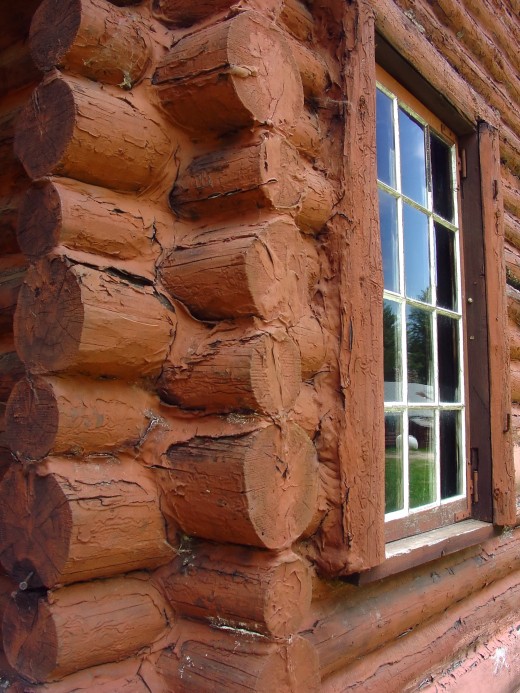
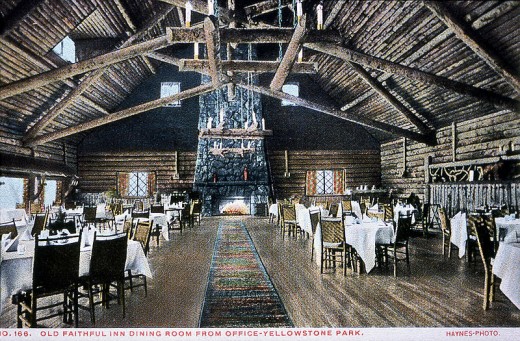
In Trondheim, Norway there is a Wood Museum which displays fourteen traditional profiles but a basic form of log construction that was used all over North Europe and Asia. In the far north and mountainous parts of the United States and Canada winter conditions were also harsh and the European methods were adapted.
Log cabins were first constructed in what is now the United States in 1638.
Some immigrants such as the Scots-Irish did not have a tradition of using logs for building but adapted to what they learned from their neighbors.
Adirondack-style cabins
By the mid 19th century log cabins got to the heights of complexity with the Adirondack style. It was the inspiration for many United States Park service lodges build at the end of the century and early 20th century.
During the great depression President Roosevelt’s administration had the Civilian Conservation Corps build lodges out of logs throughout the west for use by the Forest Sevice and National Park Service. Timberline Lodge on Mount Hood in Oregon was so large that the president himself dedicated it.
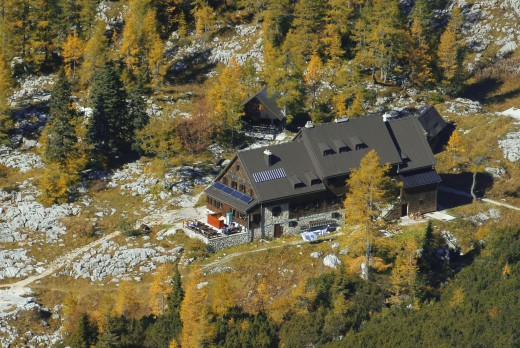
Modern Log Homes
Log homes are very popular now but they are a far cry from the lowly log cabin of the pioneers. It is usually built with milled logs
In Europe modern log cabins are often built in gardens as summerhouses or home offices. Summerhouses and cottages in Europe are often made of logs.
Lincoln Log Sawmill
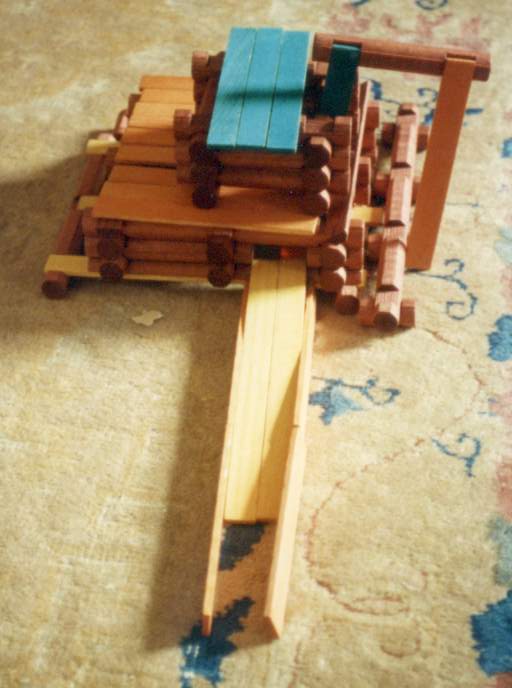
Political symbolism
In the political campaign of 1840 small log cabins were used in parades to identify William Henry Harrison with the frontier people. Abraham Lincoln has famously been tied to being born in a log cabin. Many other politicians have used the log cabin story to identify with the common people.
Toys
Lincoln Logs have been popular since I was growing up. They were miniature wooden logs with notches, used to build miniature buildings.
John L. Wright, a son of Frank Lloyd Wright, invented Lincoln logs in 1916. They were marketed in 1918 by Red Square Toy Company and by john Lloyd Wright, Incorporated in Chicago, Illinois.
While most people assume that Lincoln Logs were named for Abraham Lincoln they were really named for Frank Lloyd Wrights whose given middle name was “Lincoln.” The original Lincoln Logs had instructions for building “Uncle Tom’s cabin” and Lincoln’s log cabin, according to an article in Wikipedia.
The set I had was of wood but the newer sets have replaced the wood with plastic. Is there some irony there?
© 2011 Don A. Hoglund
